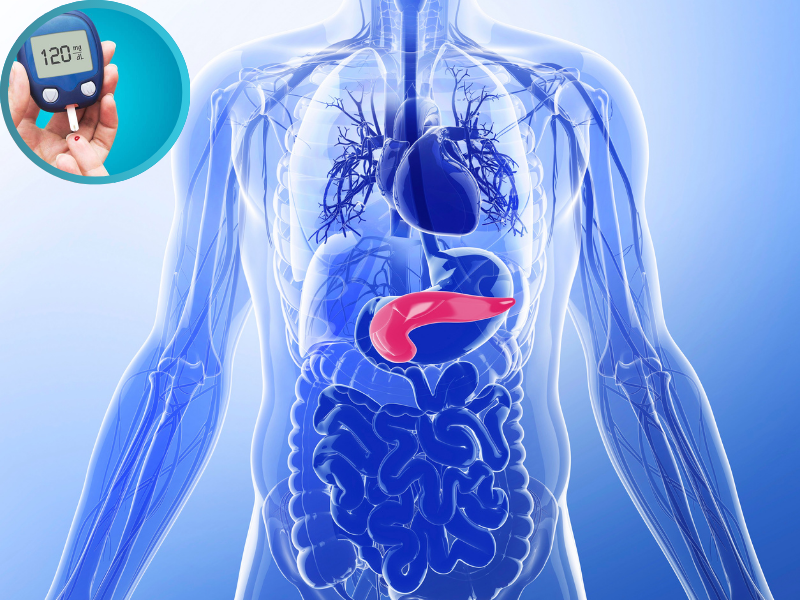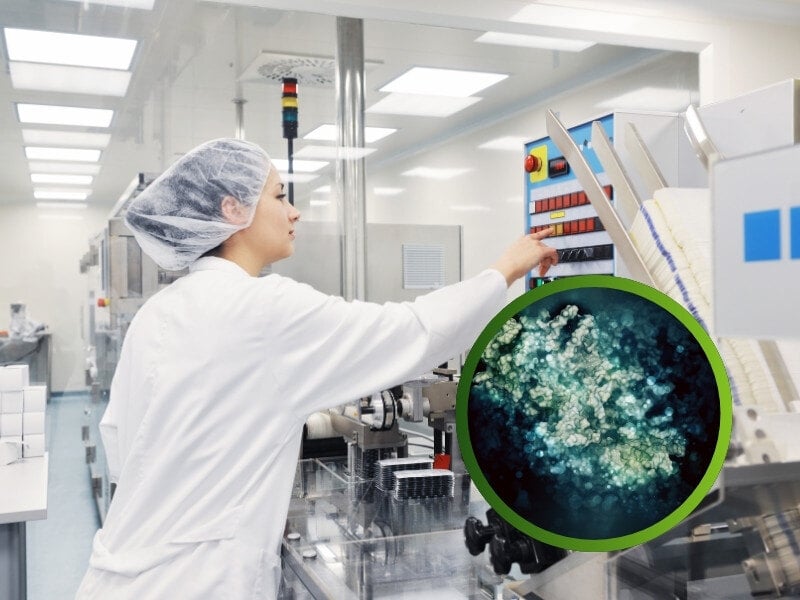Looking Back on the 2002 Nobel Prize for Chemistry: Mass Spectrometry for the Analysis of Proteins

The 2002 Nobel Prize for Chemistry was awarded to three researchers for their contribution to the analysis of biological molecules. John B. Fenn and Koichi Tanaka were both heavily involved in the development of mass spectrometry (MS), and Kurt Wüthrich contributed towards nuclear magnetic resonance (NMR). This article will spotlight the emergence of mass spectroscopy's use on proteins and the two researchers that were awarded the Nobel prize for it.
These technologies have let to the rapid scaleup of the field of chemical biology and laid many of the foundations that make modern drug screening and manufacture possible. Being able to see and understand the structure of a protein helps scientists grasp their function and can therefore leads to drug design that can modulate this behaviour toward therapeutic ends.
Mass spectroscopy is a critical tool for providing scientists with accurate information about the proteins that they are working with. Small molecules had long been rapidly identified in samples based on their mass; the real breakthrough was in translating this technique to the world of large molecules.
Among the first technologies to attempt this were protein desorption methods which transfer large molecules to ions during the gas phase. Ionised proteins are dispersed into a gas and then accelerated in a vacuum chamber. The mass of the macromolecules can then be determined based on the 'time of flight' and order in which they reach their target. The difficult part for large molecules was the ionisation stage and it was for this where, in the late 80's, the two technologies that would take the Nobel prize were developed.
John B. Fenn's Nobel-winning achievement was to originate a method for moving proteins into the gas phase called electrospray ionisation (ESI). Here, the sample of protein is sprayed using a strong electric field to split apart individual ionised molecules. After these 'stark naked' molecules have individualised, they begin to take on strong positive charges which allows them to be analysed using mass spectrometers.
When he won the Nobel prize Fenn divulged while working at Virginia Commonwealth University that he couldn't quite believe his achievement, stating: "It's like winning the lottery, I'm still in shock."
Fenn shared his half of the prize with Koichi Tanaka who developed a distinct technique for protein ionisation, around the same time in 1987. Soft laser desorption (SLD) uses a laser pulse on a sample to break it down into small pieces. Individual molecules of the sample are then released as low charge ions. A strong electric field can then be used to accelerate these ions for mass spectroscopy analysis.
Tanaka was the first to demonstrate the feasibility of soft laser desorption, which later went on to be the foundation of techniques still used such as matrix-assisted laser desorption ionisation (MALDI).
The 2002 Nobel Prize for Chemistry recognised pioneering advancements in mass spectrometry, which expanded our ability to analyse proteins and propelled the field of chemical biology forward. John B. Fenn's electrospray ionisation (ESI) and Koichi Tanaka's soft laser desorption (SLD) methods opened new vistas for drug discovery and development by enabling precise analysis of large biological molecules.
Looking into the future, these techniques continue to tread new ground, promising even more sophisticated tools for deciphering the complexities of the proteome. The legacy of Fenn and Tanaka's work underscores the march of scientific progress, inspiring the next generation of researchers to push the boundaries of what's possible in molecular analysis and therapeutic innovation.







